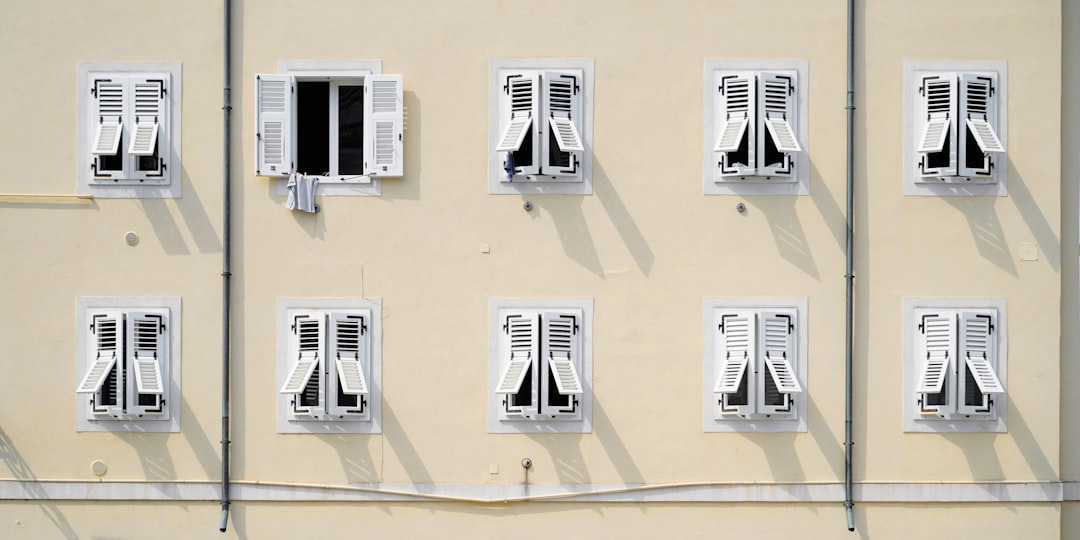Understanding the Real Cost to Install a Transfer Switch
For construction professionals, understanding the cost to install a transfer switch is crucial for accurate project planning. The cost typically ranges from $850 for a simple portable generator tie-in to $3,500 for a whole-house automatic system. This guide provides a detailed breakdown of costs, helping you avoid overestimation and ensuring compliance with local codes.
Why Every Home Generator Needs a Transfer Switch
- Safety: Prevents dangerous back-feed by separating utility and generator power.
- Convenience: Powers pre-selected circuits without extension cords.
- Code Compliance: Required by electrical codes in most jurisdictions.
- Property Value: Enhances home value with professionally installed systems.
Key Cost Drivers in Residential Installations
- Switch Capacity: 30-amp portable switches cost less than 200-amp whole-house units.
- Manual vs Automatic: Automatic transfer switches (ATS) add 40-60% to material cost.
- Load Center Configuration: Affects labor hours based on panel space and wiring complexity.
- Local Labor Rates: Urban markets trend higher; live wage data keeps estimates accurate.
- Permit & Inspection Fees: Range from $50 to $400 depending on region.
Typical Price Breakdown (Nationwide Median)
Materials
- 30-50 amp manual transfer switch: $300 – $550
- 100-200 amp automatic switch: $650 – $1,600
- Wire, conduit, breakers, lugs, misc. hardware: $150 – $350
Labor
- Licensed electrician: 4-8 labor hours at $85 – $140/hr depending on zip code
- Average labor line item: $500 – $1,000
Total Project Range
- Simple portable generator tie-in: $850 – $1,400
- Whole-house ATS with service upgrade: $1,800 – $3,500
CountBricks AI estimates automatically assemble these lines into itemized quotes, factoring in today’s material pricing and your local wages.
How CountBricks Streamlines Your Estimate
- Voice-to-Estimate: Talk through project details on-site; our AI builds the line items in real time.
- Live Material Pricing: CountBricks pulls current distributor costs so your quote is never outdated.
- Code-Ready Tasks: Pre-loaded task library reflects NEC requirements for transfer switches.
- Instant PDF Proposals: One tap produces branded quotes ready for homeowner approval.
DIY vs Professional Installation
While some homeowners may attempt DIY installations, a transfer switch requires tapping into main service conductors, which should be handled by a licensed electrician to avoid risks such as code violations and fire hazards.
Hidden Costs When Skipping a Pro
- Permit rejection requiring re-work
- Damage to generator electronics from improper bonding
- Insurance claims denied after a back-feed incident
CountBricks users can add optional inspection and commissioning line items so nothing is overlooked in the budget.
Step-by-Step Installation Overview
- Scope circuits to be powered and calculate load totals
- Secure permit and schedule utility shut-off if required
- Mount transfer switch adjacent to main panel
- Route conduit and conductors between panels
- Terminate feeders, neutrals, and grounds per manufacturer torque specs
- Label circuits, test function under load, and arrange inspection
CountBricks blueprint takeoff tools automatically label each circuit on your digital plan set, saving hours on step 3.
Regional Price Variations
Our dataset shows the lowest median costs in the Midwest ($1,050) and highest on the West Coast ($2,750). Because CountBricks refreshes pricing daily, contractors can lock profit margins without padding numbers “just in case.” Homeowners gain transparency and trust, accelerating approvals.
Return on Investment for Homeowners
- Prevent food spoilage in outages—average claim after 24 hrs is $250
- Protect smart home devices from voltage spikes—replacement cost often exceeds $1,000
- Maintain home office uptime—remote workers value productivity continuity
The modest cost to install transfer switch pales against these potential losses. CountBricks estimates frame ROI in simple dollar figures inside every proposal.
Getting Started with CountBricks
Ready to quote your next transfer switch? Visit CountBricks.com, upload your plan set, or record a short voice walkthrough on our mobile app. In minutes, you will receive:
- A detailed line-item estimate tied to live pricing
- A homeowner-friendly PDF quote branded with your company logo
- A scheduled follow-up cadence so no lead slips through
Final Thoughts
The question isn’t whether you should install a transfer switch—it’s how to ensure the price is fair, transparent, and profitable. By leveraging CountBricks’ AI-driven platform, contractors deliver precision while homeowners gain peace of mind. That’s a true win-win for every residential project.
CountBricks Case Snapshot: 200 Amp ATS in Suburban Dallas
When Lone Star Electric approached CountBricks for a fast estimate, the homeowner had already received two wildly different quotes—$2,200 and $4,800. Using our mobile app, the contractor completed a five-minute voice walkthrough:
- Home is 2,800 sq ft with an existing 150 amp service
- Customer wanted full-house coverage and Wi-Fi monitoring
- Service upgrade to 200 amp required
CountBricks auto-generated these line items within seconds:
- 200 amp UL-listed automatic transfer switch: $1,175 material
- Service mast and meter base swap: $450 material, 3.5 labor hours
- Panel relocation conduit, fittings, breakers: $265 material, 2 labor hours
- Permit, inspection, commissioning: $325 flat fee
Total quote landed at $3,480—detailed, defensible and approved the same afternoon. Because price transparency matched the lower bid’s promise and the higher bid’s scope, the homeowner signed without negotiations.
Lessons for Residential Contractors
- Speed wins jobs: First complete estimate typically secures the contract
- Detail prevents callbacks: Homeowners trust line-item clarity over round numbers
- Live pricing protects margins: CountBricks updates costs daily so profit isn’t lost to material spikes
Five Pro Tips for Transfer Switch Projects
- Verify generator neutral bonding to avoid GFCI nuisance trips
- Label circuits in plain language (“Kitchen Fridge”) rather than numbers alone
- Offer surge protection as an add-on; it installs inline and adds high margin
- Photograph panel before and after—CountBricks stores images next to the estimate for instant documentation
- Schedule post-storm check-ins; satisfied clients often generate referral installs
Ready to replicate this success? Visit CountBricks.com to see additional residential case studies or start a free trial.

